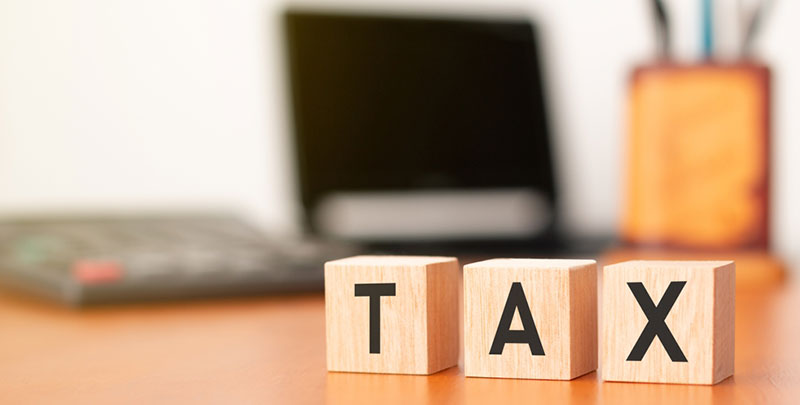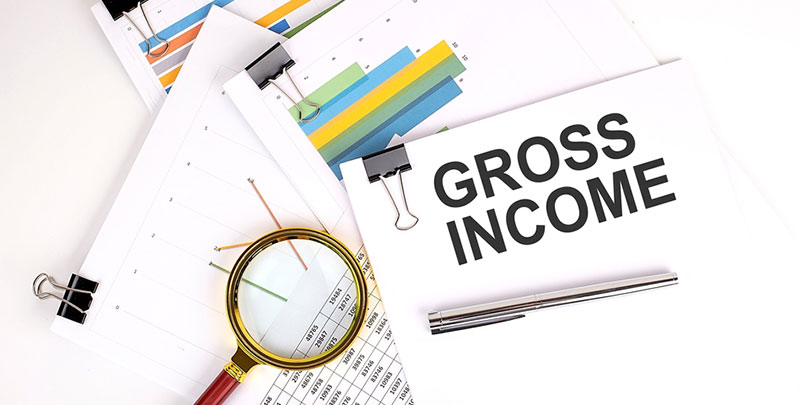- Accounts
- Deposits
- Cards
- Forex
Send Money AbroadSend Money to India
- Loans
24x7 Loan
- Investments
- Insurance
General InsuranceHealth Insurance
- Payments
- Open digital A/C
Explore 250+ banking services on Axis Mobile App
Scan to Download
- Current Account
- Pay
- Collect
- Trade
Services
Solution for Exporters
- Debt & Working Capital
24x7 Loans
For MSMEs with turnover up to ₹30 Cr
- Treasury
- Transact Digitally
- Home
- Blogs
- Taxation Guide
- Old Tax Regime Vs New Tax Regime: Which one should you choose?

Taxation
Old vs new tax regime: Which saves you more?
The Union Budget of 2025 has changed India’s personal income tax structure. It has prompted many to reconsider a crucial question: Should you opt for the old tax regime or switch to the new one? Making the right choice can have a substantial impact on your finances.
The new tax regime, originally introduced in the Union Budget 2020-21 and effective from FY 2020-21, was designed to simplify the tax system with lower rates and fewer exemptions. Over the years, it has undergone several updates – most recently in Budget 2025, which further revised the tax slabs and increased the zero-tax threshold to provide greater relief and simplicity for taxpayers.
With these recent changes now in effect, it is more important than ever to evaluate which regime best suits your financial situation.
Key differences between the old and new tax regimes
Old tax regime
This offers deductions under Section 80C (PPF, ELSS, life insurance premiums), 80D (health insurance), HRA, and home loan interest (Section 24). It can be beneficial for those with significant expenses and investments.
New tax regime
The objective of the new tax regime is to:
- Simplify personal income tax structure
- Provide flexibility to taxpayers
- Encourage voluntary compliance
- Offer lower tax rates with minimal exemptions/deductions.
Features of the New Tax Regime
- Offers reduced tax slabs compared to the old regime.
- Allows limited deductions and exemptions
- The default regime from FY 2023-24 onward (you have to opt-out if you want to follow the old regime)
While most exemptions under the old regime are not available, a few important ones are still permitted.
| Exemption/Deduction | Description |
|---|---|
| Employer’s contribution to NPS (Section 80CCD(2)) | Deduction allows up to 10% of salary (14% for central government employees) |
| EPF contribution (Employer’s share) | Employer’s contribution to provident fund remains tax-exempt |
| Standard deduction (from budget 2023) | ₹50,000 for salaried individuals and pensioners |
| Gratuity | Tax exempt as per existing limits |
| Leave encashment | Exempt as per specified limits |
| Voluntary retirement (VRS) proceeds | Exempt up to ₹50 lakh under section 10 (10C) |
| Interest on EPF (within limit) | Tax-free interest up to ₹2.5 lakh/year on employee contributions |
| Commutation of pension | Exempt for government employees; partially exempt for others |
The tax slabs for the two regimes are as below-
| Old Tax Regime | New Tax Regime u/s 115BAC | ||
|---|---|---|---|
| Income Tax Slab | Income Tax Rate | Income Tax Slab | Income Tax Rate |
| Up to ₹2,50,000 | Nil | Up to ₹4,00,000 | Nil |
| ₹2,50,001 - ₹5,00,000 | 5% | ₹4,00,001 - ₹8,00,000 | 5% |
| ₹5,00,001 - ₹10,00,000 | 20% | ₹8,00,001 - ₹12,00,000 | 10% |
| Above ₹10,00,000 | 30% | ₹12,00,001 - ₹15,00,000 | 15% |
| Above ₹15,00,000 | 30% | ||
What choice should you make?
The new tax regime simplifies the tax structure and lowers tax rates. But at the same time, it eliminates most of the deductions available under the old tax regime. So, it benefits those with minimal investments or exemptions, especially if taxable income is under ₹15 lakhs per year. If you have significant investments like ELSS and home loan interest, then the old regime might be beneficial.
Although the new regime is the default choice under the most recent tax regulations, taxpayers have the option to convert to the old regime by making a declaration prior to completing their returns.
Conclusion
It is important to take time to assess your financial commitments and investment patterns before deciding. Remember- what works brilliantly for your colleague might not be ideal for your situation. In order to make a prudent financial decision, it is best to contact a financial advisor.
Disclaimer: This article is for information purposes only. The views expressed in this article are personal and do not necessarily constitute the views of Axis Bank Ltd. and its employees. Axis Bank Ltd. and/or the author shall not be responsible for any direct/indirect loss or liability incurred by the reader for taking any financial decisions based on the contents and information. Please consult your financial advisor before making any financial decision.
Table of Contents
Related Services
Learning Hub
Look through our knowledge section for helpful blogs and articles.














